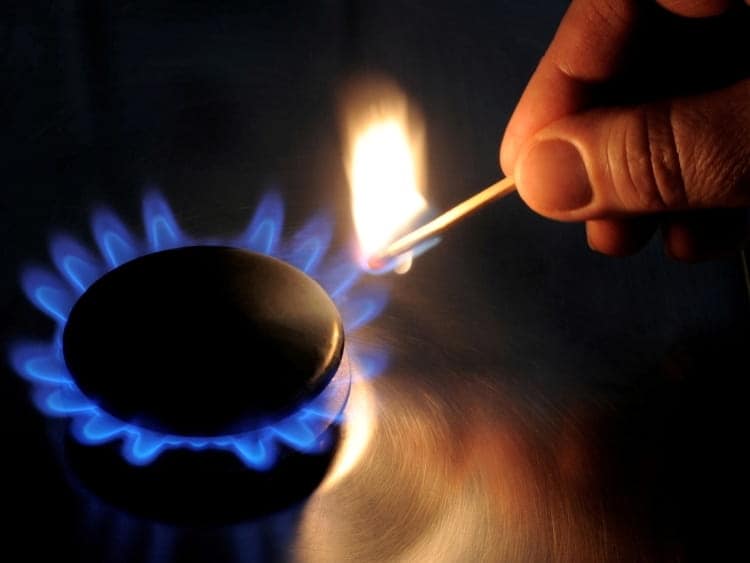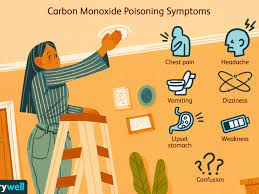Pickering Fire wants you to stay alive by knowing the signs of carbon monoxide poisoning
Published November 1, 2022 at 12:12 pm

With two-thirds of all carbon monoxide injuries and deaths happening in the home, Pickering Fire wants to ensure residents know what to do to prevent future tragedies.
“We want to make sure everyone is safe from CO and encourage everyone to get their fuel-burning appliances inspected by a registered contractor,” said Pickering Fire Chief Steve Boyd as Carbon Monoxide Week kicks off in Ontario.
CO is known as the silent killer because it is an invisible, tasteless, and odourless gas that can be deadly. It is produced when fuels such as propane, gasoline, natural gas, heating oil, or wood do not burn completely in fuel-burning appliances and devices such as furnaces, gas or wood fireplaces, hot water heaters, stoves, barbeques, portable fuel-burning heaters, generators, and vehicles.
Working CO alarms must be installed adjacent to each sleeping area in the home if it has a fuel-burning appliance (furnace, hot water heater, gas or wood fireplace, portable fuel-burning heaters and generators, stoves, and vehicles) or an attached garage. For added protection, Boyd recommends installing a CO alarm on every storey of the home, according to the manufacturer’s instructions.
In condos or apartment buildings with a service room, CO alarms must be installed in the service room and adjacent to each sleeping area of all units above, below, and beside the service room. Where there is a garage, CO alarms must be installed adjacent to each sleeping area of all homes above, below, and beside the garage.
To prevent CO from getting into your home and endangering your family Pickering Fire Services suggests:
- Ensure fuel-burning appliances, chimneys, and vents are cleaned and inspected annually. Visit cato find a registered contractor near you.
- Check that all outside appliance vents are not blocked by snow, foliage, or other debris.
- Gas and charcoal barbeques should only be used outside, away from all doors, windows, vents, and other building openings. Never use barbeques inside garages, even if the garage doors are open.
- Portable fuel-burning generators should only be used outdoors in well-ventilated areas away from windows, doors, vents and other building openings.
- Ensure all portable fuel-burning heaters are vented properly, according to manufacturer’s instructions.
- Never use the stove or oven to heat your home.
- Open the flu before using a fireplace for adequate ventilation.
- Never run a vehicle or other fueled engine or motor inside a garage, even if the garage doors are open. Always remove a vehicle from the garage immediately after starting it.
Exposure to CO can cause flu-like symptoms such as headaches, nausea, dizziness, as well as confusion, drowsiness, loss of consciousness and death. If your CO alarm sounds, and you or other occupants suffer from symptoms of CO poisoning, get everyone out of the home immediately. Then call 9-1-1 or your local emergency services number from outside the building.
If the CO alarm sounds and no one is suffering from symptoms of CO poisoning, check to see if the battery needs replacing or if the alarm has reached its ‘end-of-life’ before calling 9-1-1.
Your CO alarm sounds different than your smoke alarm. Test both alarms monthly and make sure everyone in your home knows the difference between the two alarm sounds.
Don’t be confused by the sound of your CO alarm’s low-battery warning. Follow your CO alarm manufacturer’s instructions so you know the difference between the low-battery warning and the alarm alerting you to the presence of CO in your home.
Visit Ontario.ca/firemarshal or COSafety.ca for more information.

insauga's Editorial Standards and Policies advertising






